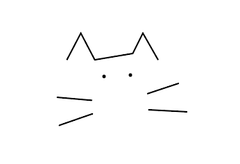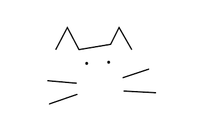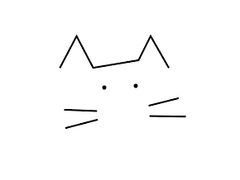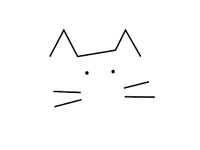PUSS IN BOOTS
By Helen Wilson
An old saying dating back to the 1800’s is “enough to make a cat laugh.” Cats have a long history in humorous stories. “Puss in Boots” first appeared in “The Facetious Nights” by Fiovanni Straparola in 1550 Italy. In this tale, a very smart cat helps the youngest of three brothers, Constantino, by bringing food and gifts back to the kingdom. The cat fakes his master’s drowning, and the King gives Constantino his daughter’s hand in marriage. (Pitt.edu)
“Puss in Boots” is a folk tale about a cat who uses “trickery and deceit to gain power, wealth, the hand of a princess”, on behalf of his master. A popular version of the tale appeared in the late 1600’s in French, “The Master Cat”, by Charles Perrault, where a miller’s youngest son is bequeathed a cat who is very clever and brings him riches. Puss’s fancy boots first appeared in “Le Chat Botte". In Perrault’s story, the word “ogre” makes its first appearance when the cat convinces the monster to change into a mouse.
The tale appears in many other countries as well. In America, a popular version of the story of the tricky cat appeared in the 2001 movie Shrek, and the book “Puss in Boots” won a Caldicott Award a decade ago. The 2022 film, “The Last Wish”, finds an aging Puss in Boots searching for his ninth life. The white wolf symbolizes death, Puss in Boots’ enemy, and other favorite fairy tale characters play roles as well.

The motif of Puss in Boots is the enduring idea of the “animal helper.” The cat is the animal which appears most often in this role in Europe, but in some countries the animal may be a fox or monkey or another animal. “The Matchmaking Jackal” is an Indian tale from Dey’s Folktales of Bengal (1883). In this story, a cat is transformed into a Jackal. (Pook Press.co.uk). Bangalore animators later brought Puss in Boots to the screen in the 2011 DreamWorks film (Times of India).
Many of the tales are found online for your reading enjoyment (see Pitt.edu fairytales).




